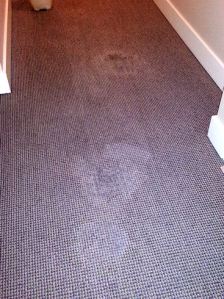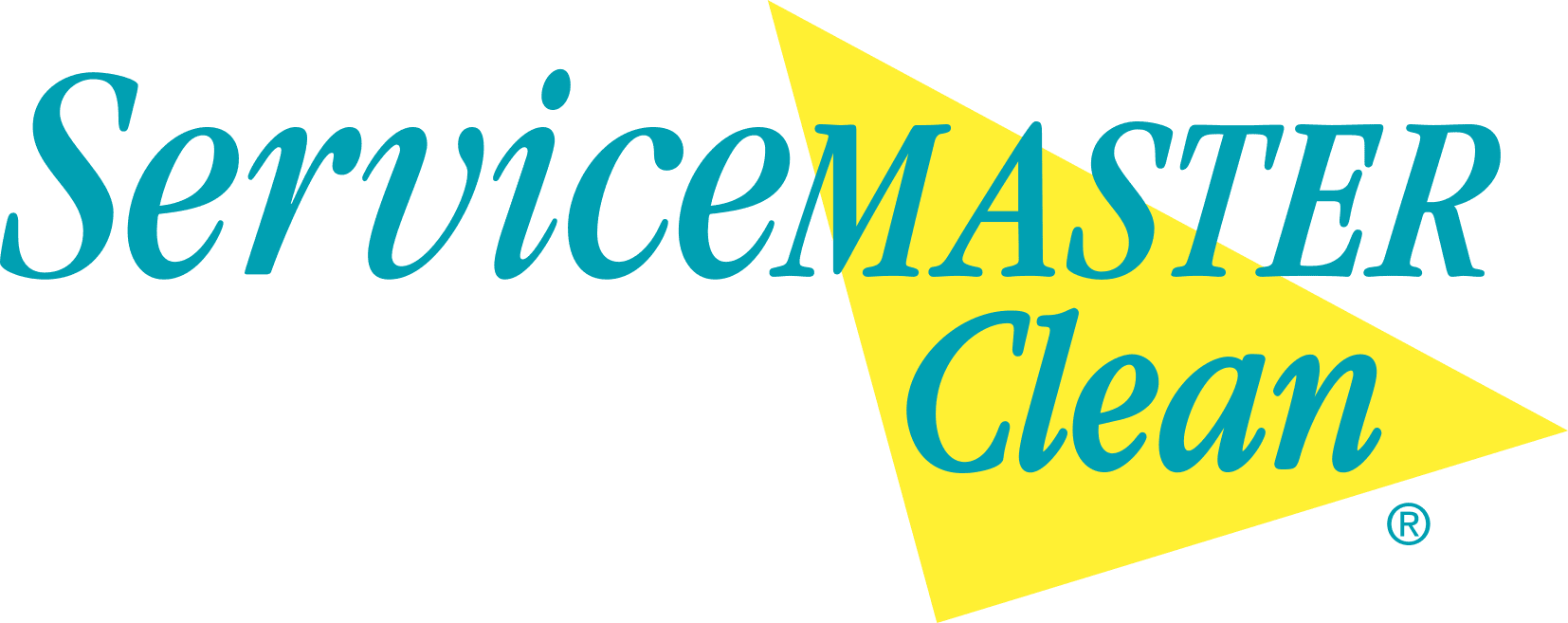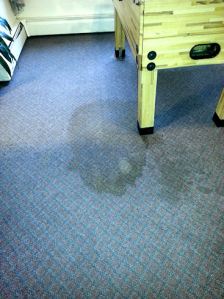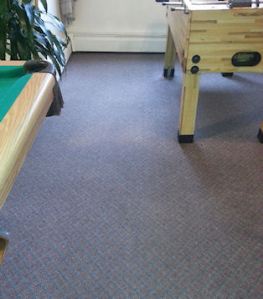Carpet Spot Cleaning: Why You Should Use A Professional
The first pic below demonstrates the carpet damage that can be caused when an untrained individual tries to clean up carpet stains.
Problem – Wrong cleaning agents used, PH levels boosted using wrong products causing discoloration, burning of carpet fibres and/or colour loss.
Solution – Bring in a professional, like ServiceMaster Clean Residential’s trained technicians. We will identify the spot, determine the PH level, and use the appropriate cleaning agents and methods to get the stain out without causing damage.

We found this at a strata; damage that cannot be
repaired, the carpet must be replaced. This could have been avoided if a
professional cleaner was brought in.
The next two pics are the before and after cleaning of a spot on site by one of our carpet cleaning technicians.
Spot removed – no damage done to carpet fibers. The work of a professional.
Quick points to remember:
-There is no one product that can clean all spots and stains from carpet.
-Some cleaning agents contain chemicals that if used incorrectly can boost the PH level of the spill, causing damage to the carpet fibres, strip the color, or dissolve the materials.
-When a spill happens, blot to absorb as much as possible and seek guidance before attempting a do-it-yourself fix, or call in a professional to avoid costly damage.



